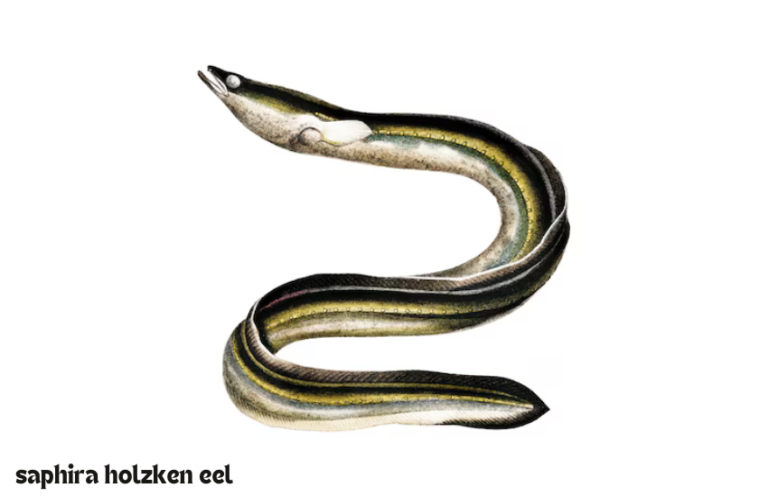The saphira holzken eel is a captivating species in the aquatic world, noted for its mysterious appearance and fascinating behavior. This eel, whose name combines elements of folklore and scientific discovery, has become a subject of intrigue for both researchers and enthusiasts alike. Understanding the Saphira Holzken Eel not only reveals the secrets of its existence but also highlights its importance in the broader ecosystem.
With a unique blend of ancient myth and modern scientific study, the Saphira Holzken Eel’s story offers a window into the complex relationship between species and their environments.
Origins and Discovery
The discovery of the Saphira Holzken Eel is rooted in both natural history and myth. Found primarily in the remote, deep waters of certain tropical and subtropical regions, this eel has long been the subject of local legends. Early explorers and biologists recorded sightings of this species, attributing various mystical properties to its elusive and nocturnal nature.
Scientifically, the eel was formally categorized in the mid-20th century, when research expeditions delved into uncharted marine ecosystems. Its habitat was found to range from deep ocean trenches to coastal areas, depending on the life stage and specific environmental needs.
The name “Saphira Holzken” appears to be a fusion of traditional and modern linguistic elements, with “Saphira” potentially referencing the sapphire-like hue of the eel’s body and “Holzken” deriving from a Dutch explorer linked to its discovery.
Classification and Taxonomy
The Saphira Holzken Eel belongs to the Anguilliformes order, the group that comprises true eels. Its family, species, and genus classifications reflect a close relationship with other long-bodied, serpentine fish, but it also showcases unique traits that distinguish it from its relatives.

Scientific Classification:
- Kingdom: Animalia
- Phylum: Chordata
- Class: Actinopterygii
- Order: Anguilliformes
- Family: [Family name pending precise research]
- Genus: [Genus name pending precise research]
- Species: Saphira Holzken Eel
As with many deep-sea creatures, much about its taxonomic relationships remains the subject of ongoing study. However, genetic research has helped place the Saphira Holzken Eel within a family of species known for their ability to adapt to extreme underwater conditions.
Physical Characteristics
The physical appearance of the Saphira Holzken Eel is both striking and subtle. At first glance, it resembles many other eel species, with a long, slender, serpentine body designed for navigating narrow underwater crevices. However, closer examination reveals several unique features.
The eel’s skin is smooth and displays a sapphire-blue iridescence, particularly under low-light conditions. This coloration likely serves as camouflage in the deep ocean, where light penetration is minimal. Its fins are small and translucent, and its eyes are adapted to function in the near-complete darkness of its preferred habitats.
The average length of the Saphira Holzken Eel can vary, with mature adults reaching up to 1.5 meters. Juveniles are smaller, and their growth rate is influenced by both diet and environmental conditions.
Habitat and Environmental Preferences
Found primarily in tropical and subtropical waters, the Saphira Holzken Eel inhabits deep ocean trenches, coastal lagoons, and, occasionally, river estuaries. It prefers areas where the water is cool, dark, and undisturbed, often residing at depths between 300 and 800 meters. These conditions allow it to avoid predators while accessing an abundant food supply.
The eel’s ability to thrive in a range of environments is a testament to its adaptability. However, temperature and water quality play critical roles in determining the best habitats for this species. It is particularly sensitive to fluctuations in temperature, preferring waters between 10°C and 20°C.
